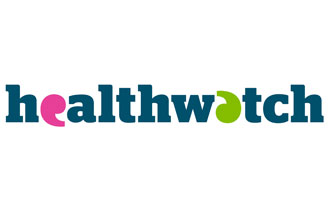How prescriptions for unlicensed specials should be written
Medicine Supply Notifications or Supply Disruption Alerts, issued by the Department of Health and Social Care (DHSC) and NHS England (NHSE) sometimes include recommendations for prescribers to consider unlicensed alternatives. These products are not always available on prescribing systems for GPs to select, often due to delays in adding the information on the NHS Dictionary of Medicines and Devices (dm+d) database or if prescribing system suppliers have not ‘mapped’ across the appropriate codes by using the latest dm+d extract.
Consequently, some prescribers apply different workarounds such as free-typing ‘(Special Order)’ or similar into the dosage or additional instructions field of electronic or paper prescriptions. Pharmacy owners are not reimbursed for supplying unlicensed medicines (specials) ordered on prescriptions written this way as any supplementary product information contained within the dosage area of a prescription is NOT read by the NHS Business Services Authority (NHSBSA). Further information on supplementary product information can be found here: cpe.org.uk/dosearea.
Example of an incorrectly issued electronic prescription for a non-Part VIII special

Pharmacies are advised to return such prescriptions back to prescribers so that they can be written correctly with ‘Special Order’ included as part of the drug name field (see examples below).
Example of a correctly issued electronic prescription for a non-Part VIII special

With over 90% of all prescriptions now issued via EPS, Community Pharmacy England has urged DHSC to add any recommended unlicensed alternatives to dm+d in a timely manner to facilitate electronic prescribing of these products. This will help to avoid any delays in getting the medication to patients and to ensure pharmacy owners are reimbursed accordingly.
Once the unlicensed product has been added to dm+d, a prescriber must select the appropriate Actual Medicinal Product (AMP) on their prescribing system. In EPS, a prescription for a special would read as either:
- ‘Drug name (Drug Tariff Special Order)’ – for a Part VIIIB listed special’; or
- ‘Drug name (Part VIIID Drug Tariff Special Order)’ – for a Part VIIID listed special’; or
- ‘Drug name (Special Order)’ – for a non-Part VIII special; or
- ‘Drug name (Imported (Country))’ – for a non-Part VIII unlicensed import
If the unlicensed product is not listed on dm+d, a prescriber will need to issue a paper FP10 prescription written as ‘Drug name (Special Order)’ to indicate that a special is required. The words ‘(Special Order)‘ should be included as part of the prescribed product name to ensure NHSBSA can recognise and reimburse the specials product correctly.
Example of a correctly written paper FP10 prescription for an unlicensed special

Paper FP10 prescriptions for specials must be endorsed and placed in the red separator during end of month submission. See our Unlicensed specials and imports page for further guidance on endorsing and submission of EPS and paper FP10 prescriptions for specials. Pharmacy teams may need to refer to this guidance during discussions with a prescriber to help explain that an EPS prescription needs to be cancelled and re-issued with the correct AMP selected (where listed) or that a replacement paper FP10 form needs to be issued to ensure that it can be accurately priced by the NHSBSA.







